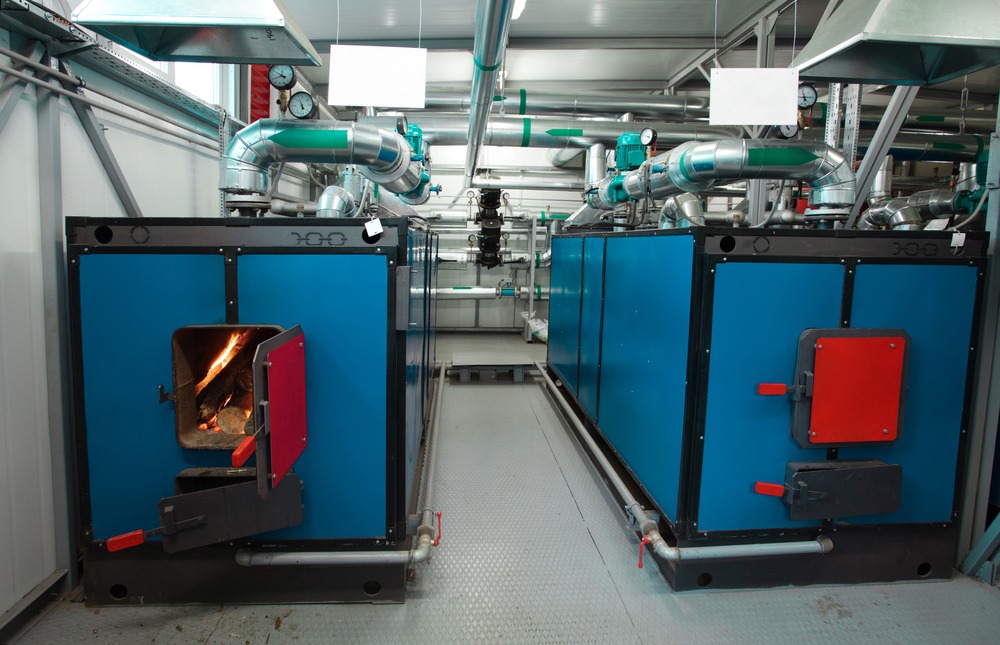Dive into the extensive study on wood-burning stove emissions conducted by a collaborative project called “TeToxBeScheit,” exploring the effectiveness of combining electrostatic precipitators and catalytic converters in minimizing pollutants.
This article delves into groundbreaking research from Tech Xplore, shedding light on advancements in reducing pollutants emitted by wood-burning stoves. The collaborative project “TeToxBeScheit” scrutinizes the effectiveness of abatement technologies and their impact on environmental and human health.
In Germany, domestic wood-burning stoves emit numerous pollutants into the atmosphere, including particulate matter, carbon monoxide, and volatile organic substances. To curb emissions, stoves are equipped with electrostatic precipitators and catalytic converters, aiming to filter particles and convert toxic gases into non-toxic compounds.
The “TeToxBeScheit” project, involving multiple institutes, conducts a comprehensive assessment of these abatement devices’ efficacy in reducing pollutants’ impact on humans and ecosystems. The study’s interdisciplinary approach involves chemical analysis, human toxicology, and ecotoxicology, exploring the pollutants’ effects on both humans and the environment.
Environmental toxicologist Marc Wollenweber investigates pollutants’ impact on aquatic systems, revealing adverse effects on aquatic organisms when exposed to untreated flue gas. However, catalytic converters significantly mitigate toxicity, underscoring their effectiveness in reducing pollutant loads.
Human toxicology experiments, led by Dr. Manuel Gracia-Käufer, demonstrate that catalytic converters outperform electrostatic precipitators in reducing adverse effects on lung cell cultures exposed to flue gases, indicating their superiority in mitigating human health risks.
The study’s holistic approach reveals the superiority of catalytic converters in mitigating pollutants’ adverse effects on both aquatic systems and human health. This underscores the critical role of catalytic converters in enhancing air quality and reducing health risks associated with wood-burning stoves.
Furthermore, while electrostatic precipitators demonstrate effectiveness in reducing particulate matter emissions, they have limitations in neutralizing gaseous pollutants, highlighting the need for a combined approach with catalytic converters to comprehensively tackle emissions.
The research underscores the urgent need to revise regulatory limits for wood-burning stoves, aligning them with advanced abatement technologies. The recommendation to equip stoves with both electrostatic precipitators and catalytic converters aims to ensure optimal pollutant reduction, safeguarding human health and the environment.
Dr. Sabrina Schiwy emphasizes the catalytic converters’ universal effectiveness in reducing hazardous substances that penetrate lungs, urging their widespread adoption due to their reasonable cost and substantial health benefits.
The “TeToxBeScheit” project’s findings substantiate the pivotal role of catalytic converters in curbing wood-burning stove emissions. Their superior performance in reducing pollutants’ adverse effects on human health and ecosystems advocates for their widespread adoption in wood-burning stoves.
The comprehensive study conducted by the ‘TeToxBeScheit’ project underscores the urgent need for advanced abatement technologies in wood-burning stoves. The effectiveness of catalytic converters in mitigating pollutants highlights their crucial role in enhancing air quality and protecting human health.
Research based on materials from Tech Xplore.



